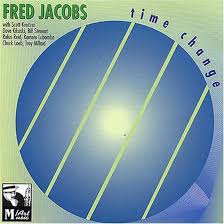Exploring the Beauty and Culture of Dominica

Introduction
Dominica, often referred to as the “Nature Island” of the Caribbean, is renowned for its stunning natural beauty and biodiversity. This small island nation, located between Guadeloupe and Martinique, has become increasingly significant in discussions about sustainable tourism and climate resilience. As the effects of climate change become more pronounced, the preservation of Dominica’s unique environment is a vital topic that not only affects its local population but also resonates with global conservation efforts.
Natural Wonders and Attractions
Dominica is famous for its lush rainforests, waterfalls, and volcanic landscapes. The Morne Trois Pitons National Park, a UNESCO World Heritage site, is home to the Boiling Lake, the second-largest hot spring in the world. Tourists flock to the island to hike its many trails, explore its diverse ecosystems, and enjoy the pristine beaches. In recent months, there has been a notable uptick in eco-tourism, with visitors looking for sustainable travel options that align with their values.
Cultural Heritage
The capital city, Roseau, is a vibrant hub of Creole culture, featuring colorful markets, historic architecture, and numerous festivals. The annual World Creole Music Festival, held every October, attracts performers and music lovers from across the Caribbean, contributing significantly to the local economy. Additionally, Dominica’s rich history, reflected in its indigenous Kalinago culture, enhances its appeal as a destination where tourists can connect with the authentic Caribbean experience.
Recent Developments
According to the government of Dominica, sustainable development initiatives are in full swing to prepare the island for future challenges, including the impact of climate change. The introduction of the “Discover Dominica Authority” has streamlined efforts to promote the island as a top travel destination while ensuring the preservation of its natural resources. Recent investments in renewable energy and biodiversity conservation showcase the country’s commitment to maintaining its ecological integrity.
Conclusion
As Dominica positions itself as a leader in sustainable tourism, it sets a precedent for other Caribbean nations. The island’s focus on preserving its natural treasures while promoting cultural heritage offers valuable lessons on balancing tourism and environmental stewardship. For travelers seeking an enriching and meaningful adventure, Dominica represents not just a destination, but a commitment to protecting the beauty and integrity of our planet. As we look to the future, Dominica stands as a model of resilience and sustainability, offering hope and inspiration in an ever-changing world.









